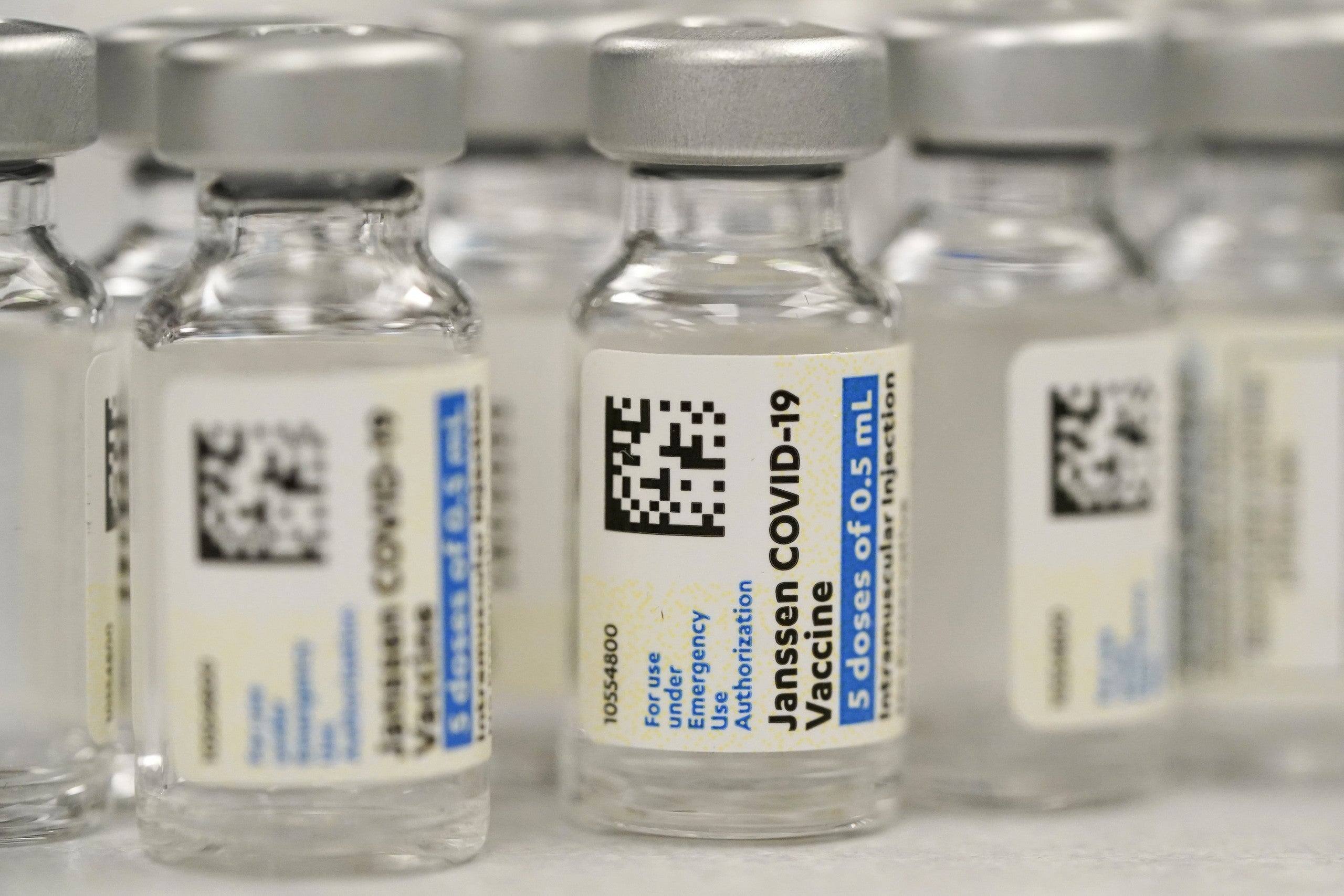New side effect of Johnson & Johnson vaccine recipients leaves patients paralyzed
INDIANAPOLIS (WISH) – The Food and Drug Administration has issued a warning about a possible link between the Johnson & Johnson vaccine and a condition called Guillain-Barré syndrome, otherwise known as GBS.
- Listen to this story
The infection is a neurological disorder that destroys the body’s nerves. It causes weakness in the legs, arms and torso and can eventually lead to paralysis. According to the Centers for Disease Control and Prevention, GBS is typically transient and people typically recover within a few weeks. However, symptoms could last for years.
- COVID-19 vaccinations in Indiana: Get details and sign up
- Schedule a COVID-19 test in Indiana
- Indiana coronavirus resources and timeline of events
- More coronavirus coverage from WISH-TV
For some, permanent damage remains. But why would a vaccine designed to protect against one virus possible activate a different viral infection?
“Most vaccines don’t really work for the first two weeks,” Dr. Cynthia Bodkin, a neurologist at IU Health, told News 8. “Your body hasn’t had time to produce the antibodies and the immune response. Your body then produces an immune response and gets confused and it thinks your nerves are similar to this virus vaccine — or whatever vaccine you are getting vaccinated for — and then attacks your nerves. “
Johnson & Johnson released a statement on Monday, July 12 saying: “The safety and well being of the people who use our products is our number one priority. Rare cases of the neurological disorder have been reported following vaccination. While the chance of having this occur is very low, Johnson & Johnson has updated it’s COVID-19 Vaccine FactSheet to include this information.”
According to the Department of Health and Human Services, symptoms of GBS start to appear six weeks after vaccination. The CDC indicates 100 people have developed the condition so far.
